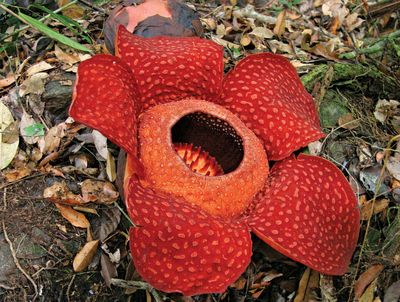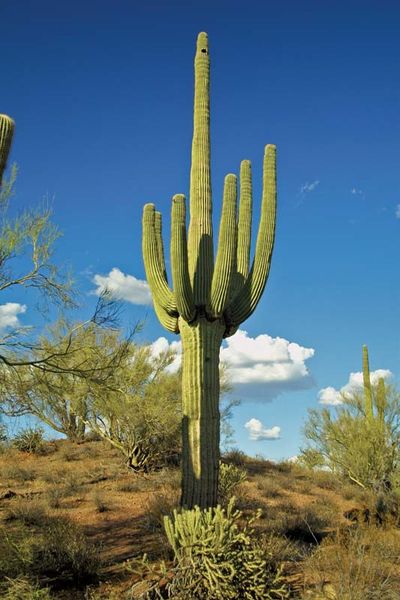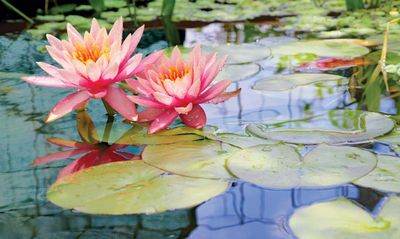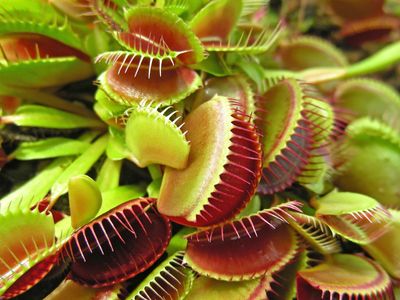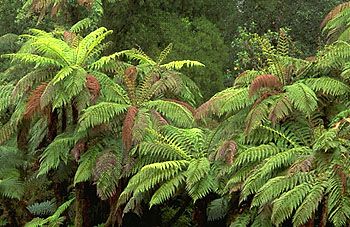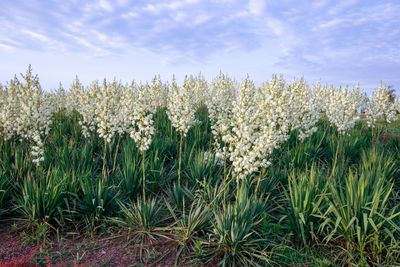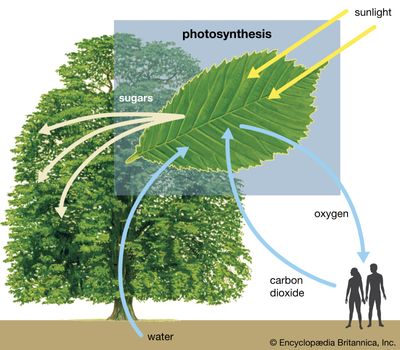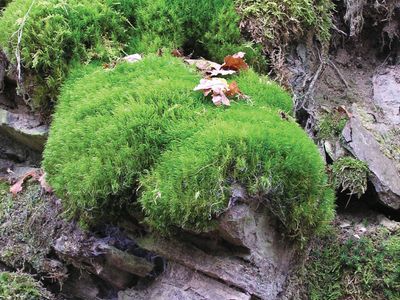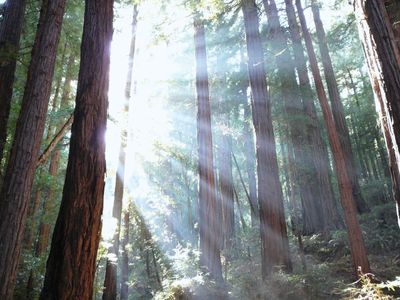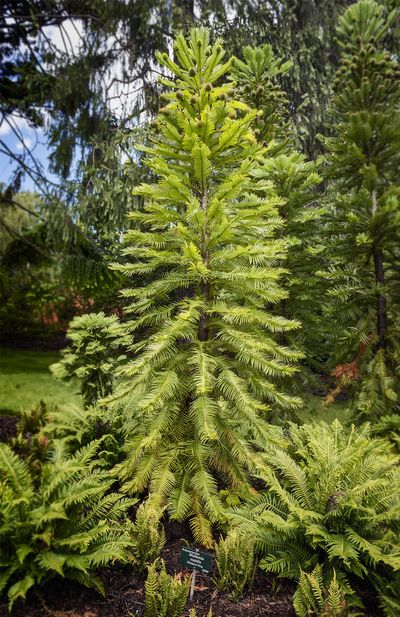Plants
Life on Earth owes much to plants. The vast majority of plants carry out photosynthesis to transform light energy into chemical energy, which is the way that virtually all energy in the biosphere becomes available to living things (including us humans). Plants occupy the base of Earth's food webs and are consumed directly or indirectly by all higher life-forms, thereby functioning as the major source of food for humans and other animals. Plants' photosynthetic activity also produces the air that we breathe: almost all the oxygen in the atmosphere is due to the process of photosynthesis. Still not convinced about the merits of plants? Consider the fact that many plants not only serve up crucial nutrients and breathable air but also look good doing it. Many plants are admired for their striking aesthetic qualities, and flowers such as tulips, lilies, sunflowers, and daisies beautify fields, gardens, windowsills, and bouquets the world over. Plants are also a primary source of consumer goods, such as building materials, textile fibers, and pharmaceuticals.
Browse Subcategories
Plants Encyclopedia Articles
Featured Articles
Rafflesiaceae
Rafflesiaceae, flowering plant family (order Malpighiales) notable for being strictly parasitic upon the roots or stems of other plants and for the remarkable growth forms exhibited as adaptations to this...
rose
Rose, (genus Rosa), genus of some 100 species of perennial shrubs in the rose family (Rosaceae). Roses are native primarily to the temperate regions of the Northern Hemisphere. Many roses are cultivated...
cereus
Cereus, (genus Cereus), genus of about 30 species of large columnar cacti (family Cactaceae) native to South America. The common name cereus is also broadly applied to any number of “ceroid cacti,” which...
baobab
Baobab, (genus Adansonia), genus of nine species of deciduous trees of the hibiscus, or mallow, family (Malvaceae). Six of the species (Adansonia grandidieri, A. madagascariensis, A. perrieri, A. rubrostipa,...
water lily
Water lily, (family Nymphaeaceae), family of about 60 species in 4 genera of freshwater flowering plants (order Nymphaeales) native to the temperate and tropical parts of the world. Water lilies provide...
carnivorous plant
Carnivorous plant, any plant especially adapted for capturing and digesting insects and other animals by means of ingenious pitfalls and traps. Carnivory in plants has evolved independently about six times...
plant
Plant, (kingdom Plantae), any multicellular eukaryotic life-form characterized by (1) photosynthetic nutrition (a characteristic possessed by all plants except some parasitic plants and underground orchids),...
houseplant
Houseplant, any plant adapted for growing indoors. The most common are exotic plants native to warm, frost-free parts of the world that can be grown indoors in colder climates in portable containers or...
fern
Fern, (class Polypodiopsida), class of nonflowering, herbaceous vascular plants that possess true roots, stems, and complex leaves and that reproduce by spores. The number of known extant fern species...
yucca
Yucca, (genus Yucca), genus of about 40 species of succulent plants in the agave subfamily of the asparagus family (Asparagaceae), native to southern North America. Most species of yucca are stemless,...
photosynthesis
Photosynthesis, the process by which green plants and certain other organisms transform light energy into chemical energy. During photosynthesis in green plants, light energy is captured and used to convert...
moss
Moss, (division Bryophyta), any of at least 12,000 species of small nonvascular spore-bearing land plants. Mosses are distributed throughout the world except in salt water and are commonly found in moist...
coast redwood
Coast redwood, (Sequoia sempervirens), coniferous evergreen timber tree of the cypress family (Cupressaceae), the tallest of all living trees. They are endemic to the fog belt of the coastal range from...
Wollemi pine
Wollemi pine, (Wollemia nobilis), rare evergreen tree, a member of the conifer family Araucariaceae and the only member of its genus. Wollemi pine was found in 1994 growing in a remote canyon in Wollemi...
Solanales
Solanales, potato order of flowering plants, including five families with 165 genera and more than 4,080 species. Two of the families are large and contain some of the most highly cultivated plants: Solanaceae...
Venus flytrap
Venus flytrap, (Dionaea muscipula), perennial carnivorous plant of the sundew family (Droseraceae), notable for its unusual habit of catching and digesting insects and other small animals. The only member...
Plants Subcategories
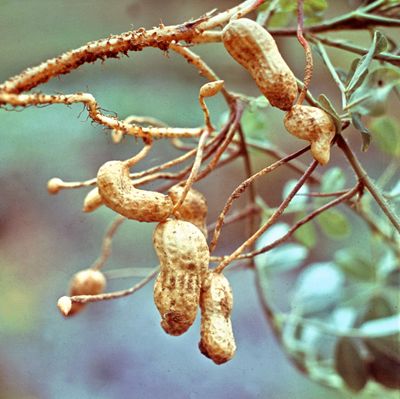 Cereals, Fruits, Nuts & Vegetables
Cereals, Fruits, Nuts & Vegetables
While some plants are renowned for their aesthetic beauty or for their usefulness in creating medicines and products such as dyes and soaps, many plants are equally celebrated for their tastiness. Edible plants, when eaten, provide humans and other animals with the nutrients needed to supply energy and support growth. This holds true even for plants that may initially sound less than appetizing to some, like wax gourds, prickly pears, and chokecherries. Look to this category for information on these and other veggies, fruits, legumes, nuts, and grains.
Articles
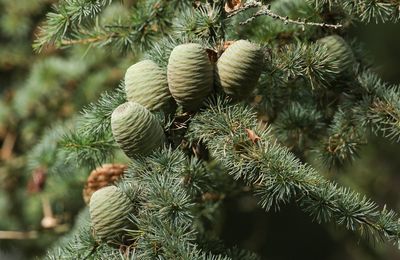 Conifers & Other Gymnosperms
Conifers & Other Gymnosperms
Conifer, any member of the division Pinophyta, class Pinopsida, order Pinales, made up of living and fossil gymnospermous plants that usually have needle-shaped evergreen leaves and seeds attached to the scales of a woody bracted cone. Among living gymnosperm divisions, the conifers show little similarity to the Cycadophyta and Gnetophyta but share several vegetative and reproductive traits with the Ginkgophyta. Conifers are most abundant in cool temperate and boreal regions, where they are important timber trees and ornamentals, but they are most diverse in warmer areas, including tropical mountains.
Articles
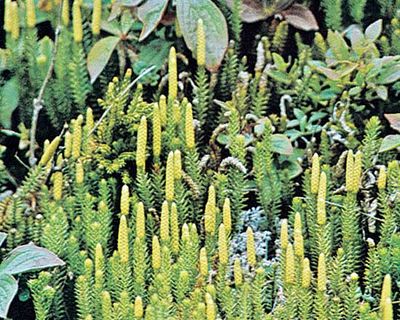 Ferns & Other Lower Vascular Plants
Ferns & Other Lower Vascular Plants
Lower vascular plant, any of the spore-bearing vascular plants, including the ferns, club mosses, spike mosses, quillworts, horsetails, and whisk ferns. Once considered of the same evolutionary line, these plants were formerly placed in the single group Pteridophyta and were known as the ferns and...
Articles
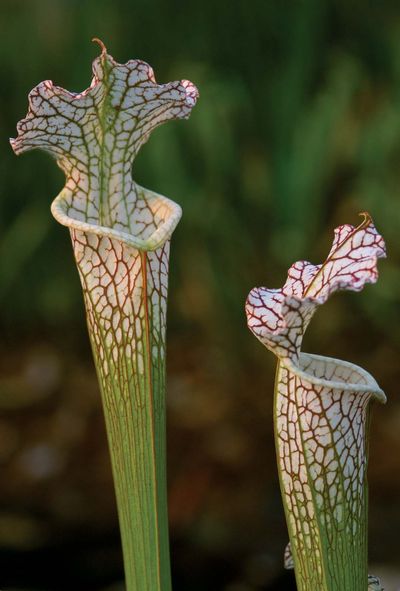 Flowering Plants
Flowering Plants
Angiosperm, any of about 300,000 species of flowering plants, the largest and most diverse group within the kingdom Plantae. Angiosperms represent approximately 80 percent of all the known green plants now living. The angiosperms are vascular seed plants in which the ovule (egg) is fertilized and develops into a seed in an enclosed hollow ovary. The ovary itself is usually enclosed in a flower, that part of the angiospermous plant that contains the male or female reproductive organs or both.
Articles
-
pitcher plant
botany
-
burning bush
plant
-
monocotyledon
plant
 Nonvascular Plants
Nonvascular Plants
Bryophyte, traditional name for any nonvascular seedless plant—namely, any of the mosses (division Bryophyta), hornworts (division Anthocerotophyta), and liverworts (division Marchantiophyta). Most bryophytes lack complex tissue organization, yet they show considerable diversity in form and ecology. They are widely distributed throughout the world and are relatively small compared with most seed-bearing plants.
Articles

